

- RFQ
- BOM
-
Contact Us
Tel: +86-0755-83501315
Email: sales@sic-components.com
- Chinese
- English
- French
- German
- Portuguese
- Spanish
- Russian
- Japanese
- Korean
- Arabic
- Irish
- Greek
- Turkish
- Italian
- Danish
- Romanian
- Indonesian
- Czech
- Afrikaans
- Swedish
- Polish
- Basque
- Catalan
- Esperanto
- Hindi
- Lao
- Albanian
- Amharic
- Armenian
- Azerbaijani
- Belarusian
- Bengali
- Bosnian
- Bulgarian
- Cebuano
- Chichewa
- Corsican
- Croatian
- Dutch
- Estonian
- Filipino
- Finnish
- Frisian
- Galician
- Georgian
- Gujarati
- Haitian
- Hausa
- Hawaiian
- Hebrew
- Hmong
- Hungarian
- Icelandic
- Igbo
- Javanese
- Kannada
- Kazakh
- Khmer
- Kurdish
- Kyrgyz
- Latin
- Latvian
- Lithuanian
- Luxembou..
- Macedonian
- Malagasy
- Malay
- Malayalam
- Maltese
- Maori
- Marathi
- Mongolian
- Burmese
- Nepali
- Norwegian
- Pashto
- Persian
- Punjabi
- Serbian
- Sesotho
- Sinhala
- Slovak
- Slovenian
- Somali
- Samoan
- Scots Gaelic
- Shona
- Sindhi
- Sundanese
- Swahili
- Tajik
- Tamil
- Telugu
- Thai
- Ukrainian
- Urdu
- Uzbek
- Vietnamese
- Welsh
- Xhosa
- Yiddish
- Yoruba
- Zulu
- Kinyarwanda
- Tatar
- Oriya
- Turkmen
- Uyghur
Current-Feedback Amplifiers vs. Voltage-Feedback Amplifiers
Operational amplifiers (op-amps) are the backbone of analog electronics, enabling signal amplification, filtering, and conditioning. Among the diverse op-amp architectures, Current-Feedback Amplifiers (CFAs) and Voltage-Feedback Amplifiers (VFAs) stand out as two distinct designs, each optimized for specific performance tradeoffs. This article explores their core principles, key differences, and practical applications to guide engineers in selecting the right device for their needs.
1. Core Principles: How They Work
Voltage-Feedback Amplifiers (VFAs)
VFAs are the traditional op-amp architecture, relying on voltage-driven feedback to regulate gain and stability:
Input Stage: A differential amplifier compares the voltage difference between the non-inverting (+) and inverting (-) inputs. This stage amplifies the differential voltage while rejecting common-mode signals (noise present on both inputs).
Gain Stage: The amplified differential signal passes through a high-gain voltage amplifier (typically with open-loop gains exceeding 100,000).
Feedback Mechanism: A portion of the output voltage is "fed back" to the inverting input via external resistors (e.g., Rf and Rg). This feedback minimizes the input voltage difference, stabilizing the closed-loop gain.
Key Trait: Closed-loop gain is determined by the ratio of feedback components (e.g., Gain} =1+Rf/Rg for non-inverting configurations).
Input Stage: The non-inverting input (+) connects to a unity-gain voltage buffer, providing ultra-high input impedance (similar to VFAs). The inverting input (-) acts as a current summing node, where input current (from the signal source) and feedback current (from the output via Rf are summed.
Transimpedance Amplifier: The summed current at the inverting node is converted to a voltage by an internal transimpedance amplifier (gain measured in ohms, Zt, which drives the output.
Feedback Mechanism: Feedback current, not voltage, regulates the output. The value of Rf directly influences bandwidth and gain, rather than gain alone.
Key Trait: Closed-loop gain depends on both Rf and the transimpedance gain (Gain approx Zt/Rf), making bandwidth less dependent on gain.
2. Performance Comparison
Characteristic Voltage-Feedback Amplifiers (VFAs) Current-Feedback Amplifiers (CFAs)
Gain-Bandwidth Product (GBW) Fixed for a given device; gain and bandwidth are inversely proportional (e.g., doubling gain halves bandwidth). Not fixed; bandwidth remains stable across a wide gain range (e.g., 100 MHz at gain=1 and 80 MHz at gain=10).
Slew Rate Moderate (typically 1–100 V/µs) due to internal compensation capacitors that limit speed to prevent oscillation. Exceptionally high (100 V/µs to 10 kV/µs) because they lack compensation capacitors, enabling faster response to large signals.
Stability Stability depends on gain and load capacitance. High gain improves stability, but capacitive loads (>100 pF) may cause oscillation. More stable with capacitive loads and varying feedback resistors, as stability is decoupled from gain.
Input Impedance High differential impedance (kΩ to MΩ) for both inputs, ideal for voltage-driven sources (e.g., sensors). Non-inverting input has high impedance; inverting input has low impedance (<100 Ω) due to current summing, requiring careful source matching.
Noise Performance Superior voltage noise (nV/√Hz) and linearity, critical for precision applications (e.g., medical sensors). Higher voltage noise but lower current noise, beneficial in high-speed circuits where current noise dominates (e.g., RF systems).
Gain Lineararity Excellent at low to moderate frequencies, with distortion <0.01% in audio bands. Linear at high frequencies but may degrade at extreme speeds due to transimpedance stage limitations.
3. Application Scenarios
Voltage-Feedback Amplifiers (VFAs)
VFAs excel in precision-critical, low-to-moderate speed applications:
Precision Instrumentation: Data acquisition systems, pH meters, and strain gauge amplifiers rely on VFAs’ low noise and linearity to resolve microvolt-level signals.
Audio Electronics: Hi-fi amplifiers and mixing consoles use VFAs for low distortion and flat frequency response across the 20 Hz–20 kHz audio band.
Active Filters: Low-pass, band-pass, or notch filters require VFAs’ predictable gain-bandwidth tradeoff to maintain stable cutoff frequencies.
Battery-Powered Devices: Low quiescent current (µA range) makes VFAs ideal for wearables and portable sensors.
Current-Feedback Amplifiers (CFAs)
CFAs dominate high-speed, high-slew-rate applications:
High-Frequency Communication: RF transceivers, 5G base stations, and fiber-optic links use CFAs to amplify signals up to GHz frequencies.
Video and Imaging: Broadcast equipment and oscilloscopes require CFAs’ fast slew rates to preserve sharp edges in 1080p/4K video signals.
Pulse Amplification: Radar systems and laser drivers depend on CFAs to generate narrow, high-amplitude pulses with rise times <10 ns.
Capacitive Loads: Driving coaxial cables (50–75 Ω) or piezoelectric sensors is easier with CFAs, as they tolerate capacitive loads without oscillation.
4. Design Considerations
Component Selection:
For VFAs: Match feedback resistors Rf, Rg to minimize gain error; avoid large Rf (which increases noise).
For CFAs: Use datasheet-recommended Rf values (typically 50–1000 Ω) to optimize bandwidth and stability.
Layout:
VFAs are less sensitive to parasitic capacitance but require short, matched traces for differential signals.
CFAs demand careful grounding of the inverting node to minimize stray inductance, which degrades high-frequency performance.
Cost: VFAs are cheaper and more widely available for general use; CFAs are premium components, justified only in high-speed designs.
5. Conclusion
The choice between CFAs and VFAs hinges on tradeoffs between speed, precision, and application requirements:
VFAs are the default for precision, low noise, and predictable gain in low-to-moderate speed systems.
CFAs are indispensable for high-frequency, high-slew-rate applications where bandwidth stability and fast response are critical.
By understanding these differences, engineers can leverage each architecture’s strengths to design robust analog circuits, from sensitive sensors to cutting-edge communication systems.
https://www.sic-components.com/amplifierscategory-1
https://www.ti.com/lit/slva051

Hot Products
View MoreRelated Blogs

2000+
Daily average RFQ Volume

30,000,000
Standard Product Unit

2800+
Worldwide Manufacturers

15,000 m2
In-stock Warehouse




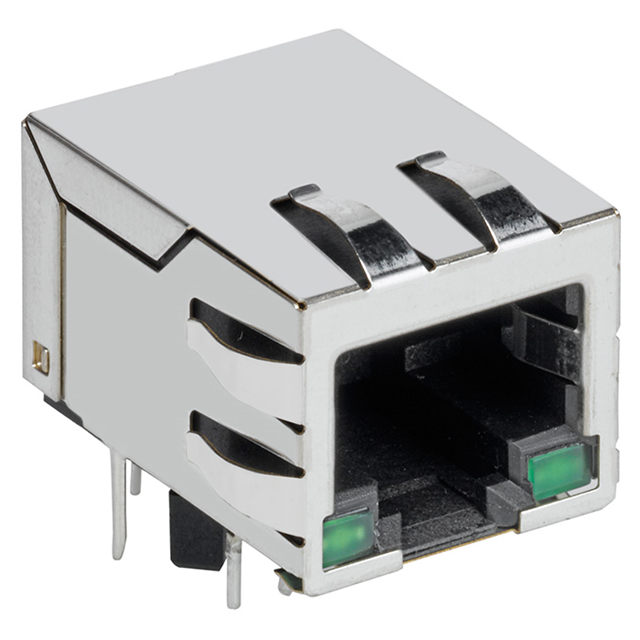

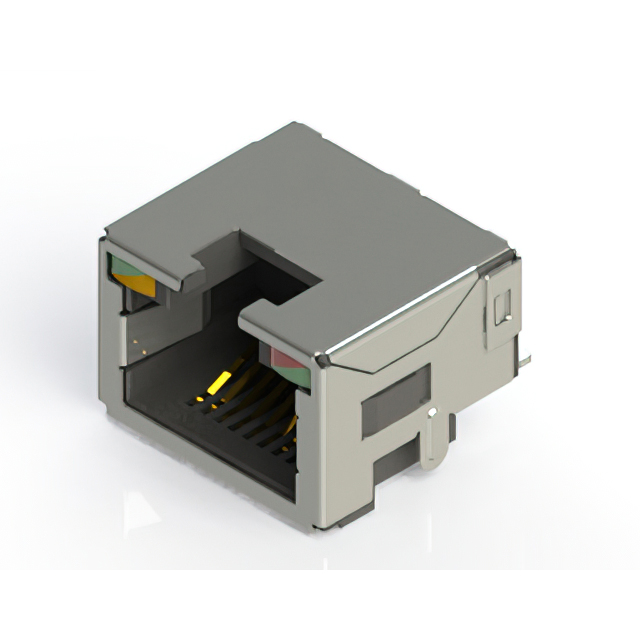
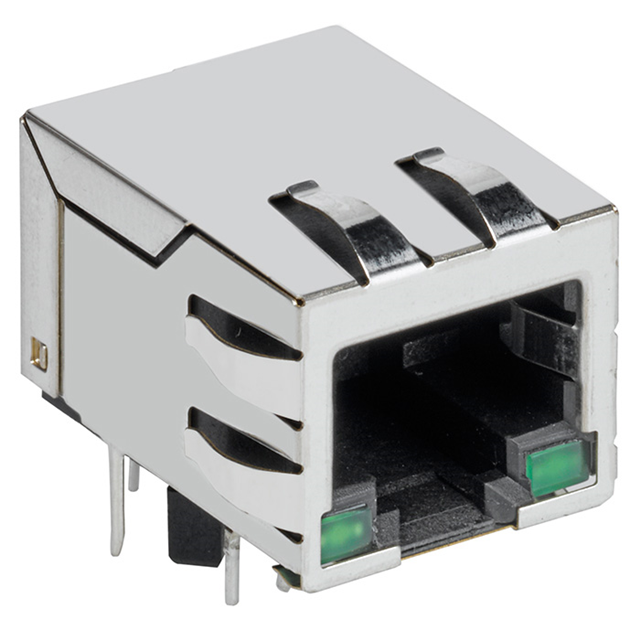


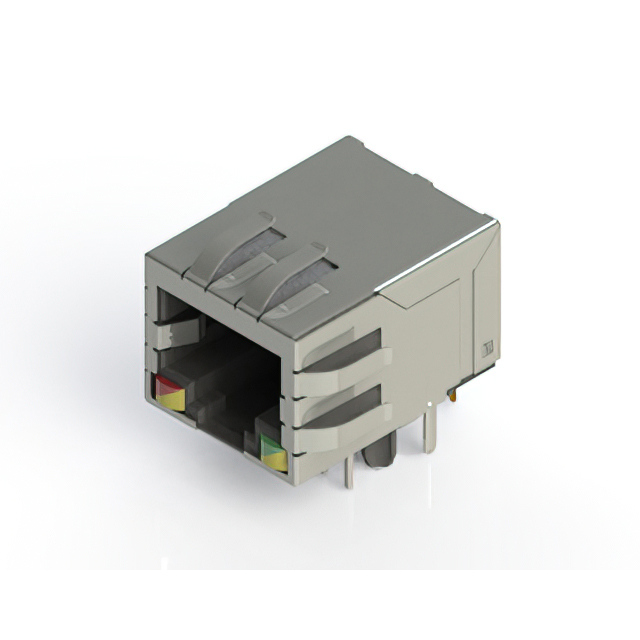
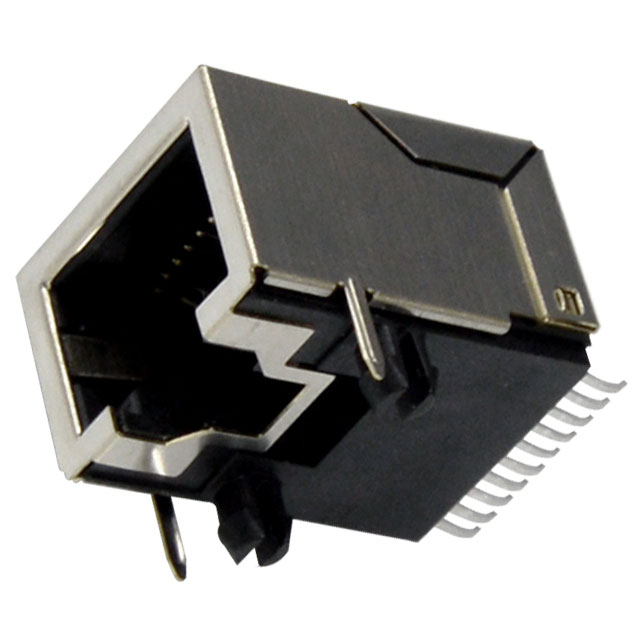










 Wishlist (0 Items)
Wishlist (0 Items)